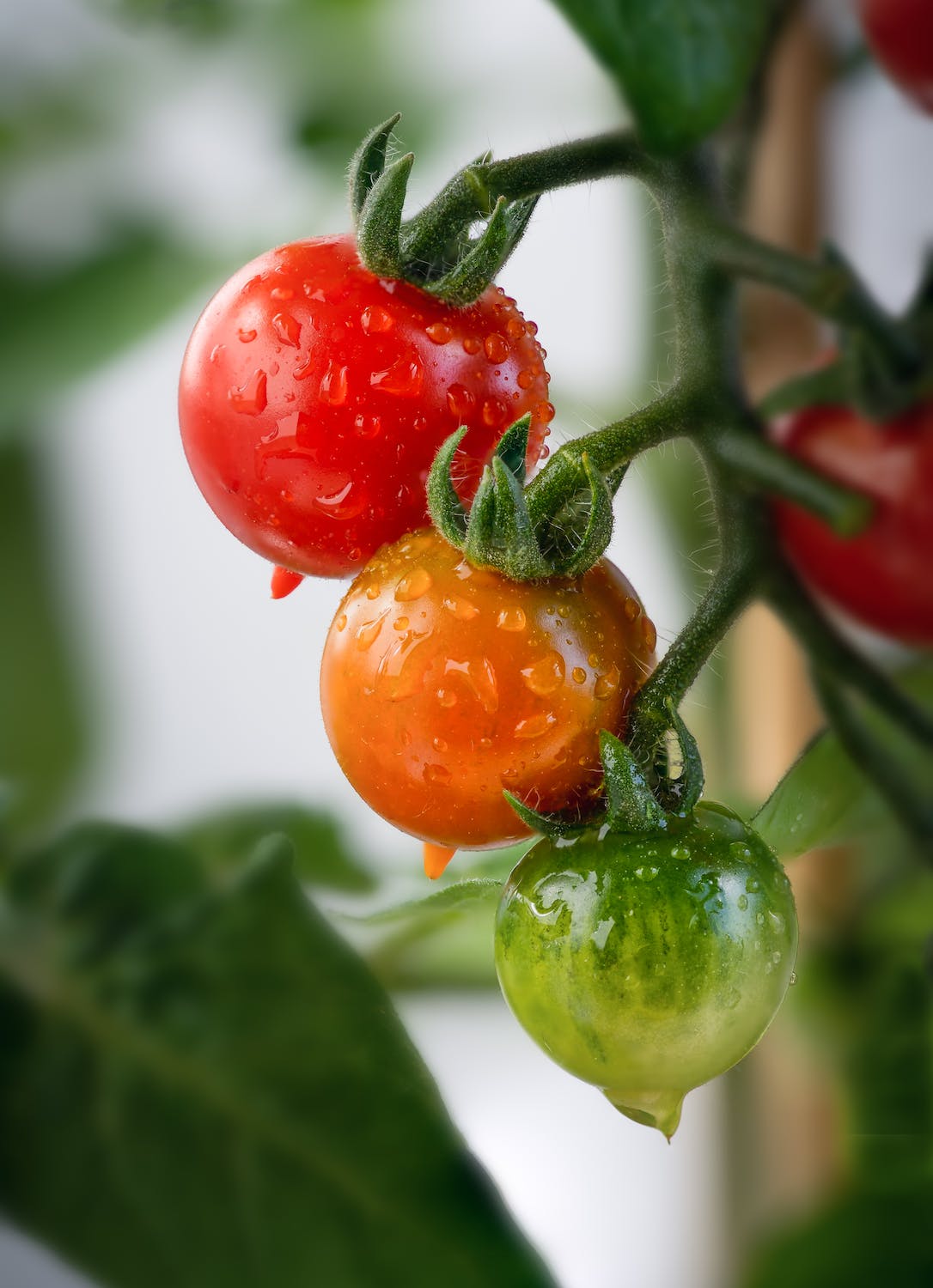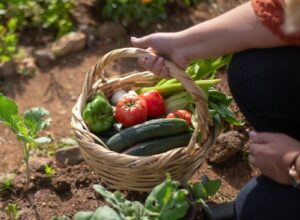Willy Green
July 23, 2023



Why are the leaves on my tomato plant turning yellow?
Growing tomatoes can be an immensely rewarding experience! But yellowing leaves on tomato plants can be a cause for concern among gardeners. Yellowing leaves are a common issue that can affect the health and productivity of tomato plants. Today we will explore the various factors that may lead to yellow leaves on tomato plants. As well as their potential implications, and actionable solutions to help address this problem. But before we get into problems and possible solutions, lets go over the proper way to actually care for tomatoes.
Soil Preparation
The first step in caring for tomatoes begins with the right soil preparation. Tomatoes thrive in well-draining, nutrient-rich soil with a slightly acidic to neutral pH level (around 6.0 to 6.8). Pick up a soil test kit to test the nutrient levels as well as the pH level. Adjust as needed. Now you will want start loosening the soil to a depth of 12 to 18 inches, removing any rocks or debris that may impede root growth. Incorporate organic matter, such as compost or well-rotted manure, to improve soil structure and enhance nutrient availability.
Planting
Select healthy tomato seedlings or young plants from a reputable nursery or start your own from seeds indoors. Transplant them into the garden once the danger of frost has passed and the soil has warmed up. Space the plants about 18 to 36 inches apart, depending on the variety, to allow for adequate air circulation and room for growth. Consider installing sturdy stakes or tomato cages at planting time to support the plants as they grow.
Watering
Tomatoes require consistent and even watering to flourish. Provide them with about 1 to 2 inches of water per week, either through rainfall or irrigation. Avoid overhead watering, as it can increase the risk of fungal diseases. Instead, use a soaker hose or drip irrigation to deliver water directly to the soil around the plants’ base. Water in the morning to allow excess moisture to evaporate during the day, preventing conditions that favor disease development.
Fertilization


To promote robust growth and fruit development, tomatoes benefit from regular fertilization. Use a balanced fertilizer with equal proportions of nitrogen, phosphorus, and potassium. Apply the fertilizer at planting time and supplement it every 4-6 weeks throughout the growing season. Be cautious not to over-fertilize, as excessive nitrogen can lead to lush foliage but may hinder fruit production. Want to know more about how to fertilize? Click here.
Pruning and Training
Pruning and training are essential for managing tomato plants effectively. As the plants grow, remove the lower leaves that touch the ground to help prevent soil-borne diseases. Encourage upward growth by removing any “suckers,” which are the new growth that emerges between the main stem and branches. Depending on the variety, consider pruning the plant to one or two main stems. This will help facilitate better air circulation and deeper sunlight penetration. Want to know more about pruning? Click here.
Pest and Disease Management
Vigilance in pest and disease management is crucial to maintaining healthy tomato plants. Regularly inspect the plants for signs of pests such as aphids, caterpillars, or whiteflies. If infestations occur, consider using natural remedies like neem oil or introducing beneficial insects like ladybugs. To prevent common tomato diseases like blight or wilt, rotate crops each year. Avoid planting tomatoes in the exact same locations as previous years.
Harvesting

The reward for meticulous tomato care is the joy of harvesting ripe, juicy tomatoes. Harvest tomatoes when they have fully ripened on the vine and achieved their characteristic color and firmness. Gently twist or cut the fruits from the vine to avoid damaging the plant. Tomatoes can continue to ripen off the vine, so consider harvesting slightly underripe ones if necessary.
Yellowing leaves and solutions for them
Ok now we know everything that we need to do to properly take care of our tomato plants. Lets look at some of the common causes of yellowing leaves. And then the steps that we can take to both prevent and cure this annoying issue.
Overwatering and Underwatering:
One of the most common reasons for yellow leaves on tomato plants is improper watering. Overwatering can lead to waterlogged soil, suffocating the roots and impeding nutrient uptake, resulting in yellowing leaves. On the other hand, underwatering causes stress to the plant, leading to dehydration and a lack of essential nutrients. To address this issue, establish a regular watering schedule and ensure the soil remains consistently moist but not waterlogged. Use a soaker hose or drip irrigation to deliver water directly to the root zone, minimizing water splashing on the foliage.
Nutrient Deficiencies
Yellowing leaves can also be a sign of nutrient deficiencies, particularly nitrogen, iron, or magnesium. Nitrogen deficiency results in yellowing of older leaves. While iron and magnesium deficiencies cause yellowing between the veins of young leaves. To remedy nutrient deficiencies, apply a balanced fertilizer or amend the soil with appropriate nutrients. Regularly feed the tomato plants throughout the growing season to maintain healthy foliage.
Pests and Diseases
Yellow leaves may also indicate the presence of pests or diseases. Insects like aphids and whiteflies can sap the sap from the leaves, causing them to turn yellow and wilt. Additionally, common tomato diseases such as early blight and fusarium wilt can lead to yellowing and wilting of leaves. Properly identify and promptly address any pest or disease issues. Always try using organic treatments, as appropriate, to prevent further damage.
Temperature Extremes
Tomatoes are sensitive to temperature fluctuations, especially cold temperatures. Exposure to chilly weather can lead to yellowing and even damage the plant’s leaves. Plant tomatoes after the last frost date in your region. Protect them from cold drafts or sudden drops in temperature. Consider using row covers or cloths to shield the plants during cooler nights.
Root Health
The health of the tomato plant’s roots is crucial to its overall well-being. Compacted or poorly drained soil can cause root stress, leading to yellowing leaves. Ensure that the roots have enough room to grow and receive adequate oxygen. Loosen the soil and add organic matter to improve drainage.
Conclusion
Yellow leaves on tomato plants can be indicative of several underlying issues. Proper diagnosis is essential to implement the correct solutions. By identifying the cause of yellowing leaves, gardeners can take timely action to restore the health of their tomato plants. This will help to ensure a successful harvest. Remember to provide proper watering, address nutrient deficiencies, and manage pests. Look out for diseases and protect the plants from temperature extremes. Stay consistent to keep your tomatoes flourishing and producing an abundance of flavorful fruits. Gardening is a journey of discovery, and with knowledge and care, the mystery of yellow leaves can be unraveled. Leading you to thriving tomato plants in your garden.
Thank you for reading Why are the leaves on my tomato plant turning yellow? Here are some other articles you may enjoy reading.






